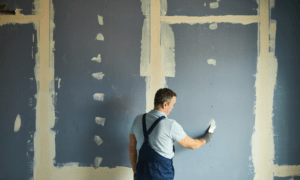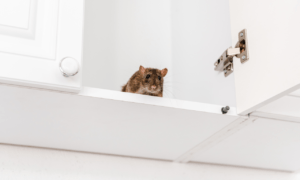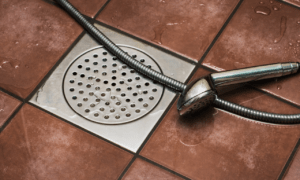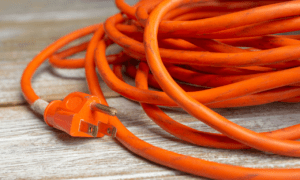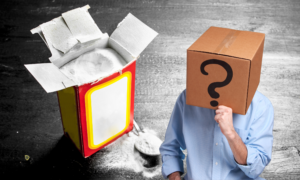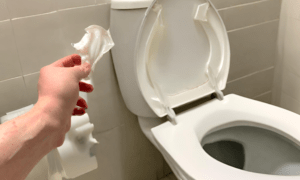Introduction
The Common and Dangerous Mistake
Accidentally leaving your car running in the garage is a mistake that can have serious consequences. In this guide, we’ll address the immediate actions you should take to ensure your safety and well-being. Understanding the risks and knowing how to respond is essential to preventing carbon monoxide poisoning, a potentially life-threatening situation.
Immediate Actions to Take for Safety
When you realize you’ve left your car running in the garage, time is of the essence. This guide will provide clear steps to follow immediately to minimize the risk of carbon monoxide exposure and keep yourself and your family safe.
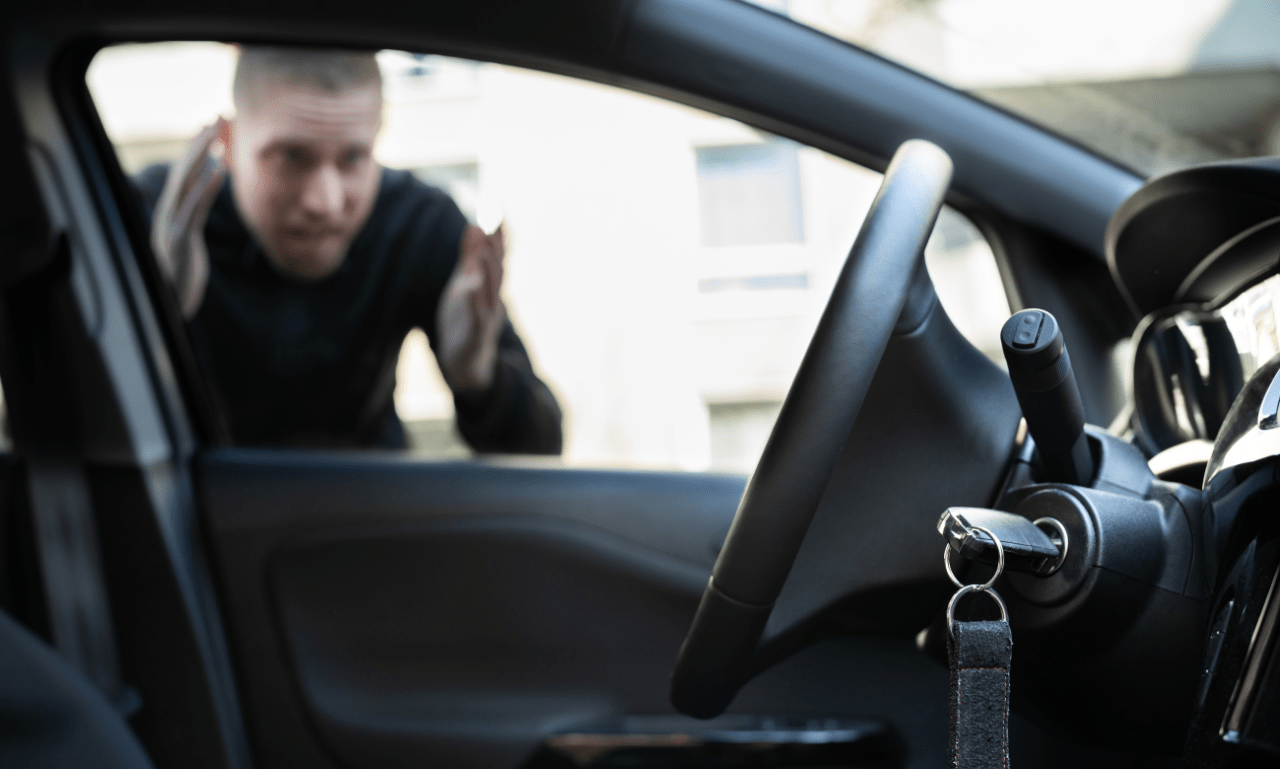
Understanding the Risk
The Danger of Carbon Monoxide (CO)
Carbon monoxide (CO) is a silent, deadly threat that often goes unnoticed until it’s too late. This colorless, odorless gas is produced whenever fuel is burned, primarily by vehicle engines. CO binds to hemoglobin in the bloodstream, preventing oxygen from reaching vital organs and tissues, leading to carbon monoxide poisoning. In this chapter, we delve into why CO is so perilous and how it can quickly become a life-threatening hazard, particularly in a confined space like a garage.
The Silent Killer: Why CO is So Dangerous
Carbon monoxide earned the moniker “The Silent Killer” for a reason. It is impossible to detect without specialized equipment, as it has no taste, smell, or visible properties. This invisibility is what makes it so insidious, catching victims off guard and often leading to tragic consequences.
When CO is inhaled, it rapidly binds to hemoglobin in red blood cells, forming carboxyhemoglobin. This compound reduces the blood’s oxygen-carrying capacity, causing a condition known as hypoxia. Even low levels of CO exposure can result in symptoms like headaches, dizziness, nausea, confusion, and shortness of breath. Prolonged exposure or high concentrations can be fatal, causing loss of consciousness, organ failure, and death.
How Quickly CO Can Accumulate
In a confined space like a garage, CO can accumulate frighteningly fast. The timeline of CO buildup is a critical factor in understanding its danger. When a vehicle is running in an enclosed area, such as a garage, several factors contribute to the rapid accumulation of CO:
- Limited Ventilation: Garages are typically not well-ventilated spaces. They are designed to protect vehicles from the elements, which means they often lack adequate airflow. This limited ventilation hinders the dispersion of CO, allowing it to build up quickly.
- Vehicle Emissions: Running a vehicle inside a garage produces a steady stream of CO emissions. Modern vehicles are more fuel-efficient, but they still emit significant amounts of CO during operation. These emissions can quickly fill the enclosed space.
- Gas-Powered Tools: Many people store gas-powered tools and equipment in their garages. These tools can also produce CO emissions when in use, contributing to the overall CO concentration in the garage.
- Poor Sealing: In some cases, garages may not be well-sealed from the rest of the house, allowing CO to seep into living spaces and endangering occupants inside.
Even a Brief Exposure Can Be Hazardous
Perhaps one of the most alarming aspects of CO is how swiftly it can pose a threat to your health. Even a brief period of exposure to elevated CO levels can have severe consequences. Here’s why:
- Fast Onset of Symptoms: When CO levels rise in an enclosed space, symptoms of CO poisoning can appear within minutes. Headaches, dizziness, and nausea may quickly set in, disorienting the victim.
- Loss of Consciousness: In high concentrations, CO can cause unconsciousness in a matter of minutes. This can be especially dangerous if someone is inside the garage and loses consciousness before having a chance to escape.
- Long-Term Health Effects: Even if exposure is brief and victims recover, CO poisoning can have long-term health effects, including neurological damage, memory problems, and heart issues.
Understanding the gravity of CO exposure and how rapidly it can accumulate in a closed garage is essential for your safety and the safety of your loved ones. In the following chapters, we will explore the sources of CO in garages, how to detect its presence, and, most importantly, how to prevent CO-related incidents from occurring. Your knowledge and awareness can be lifesaving.
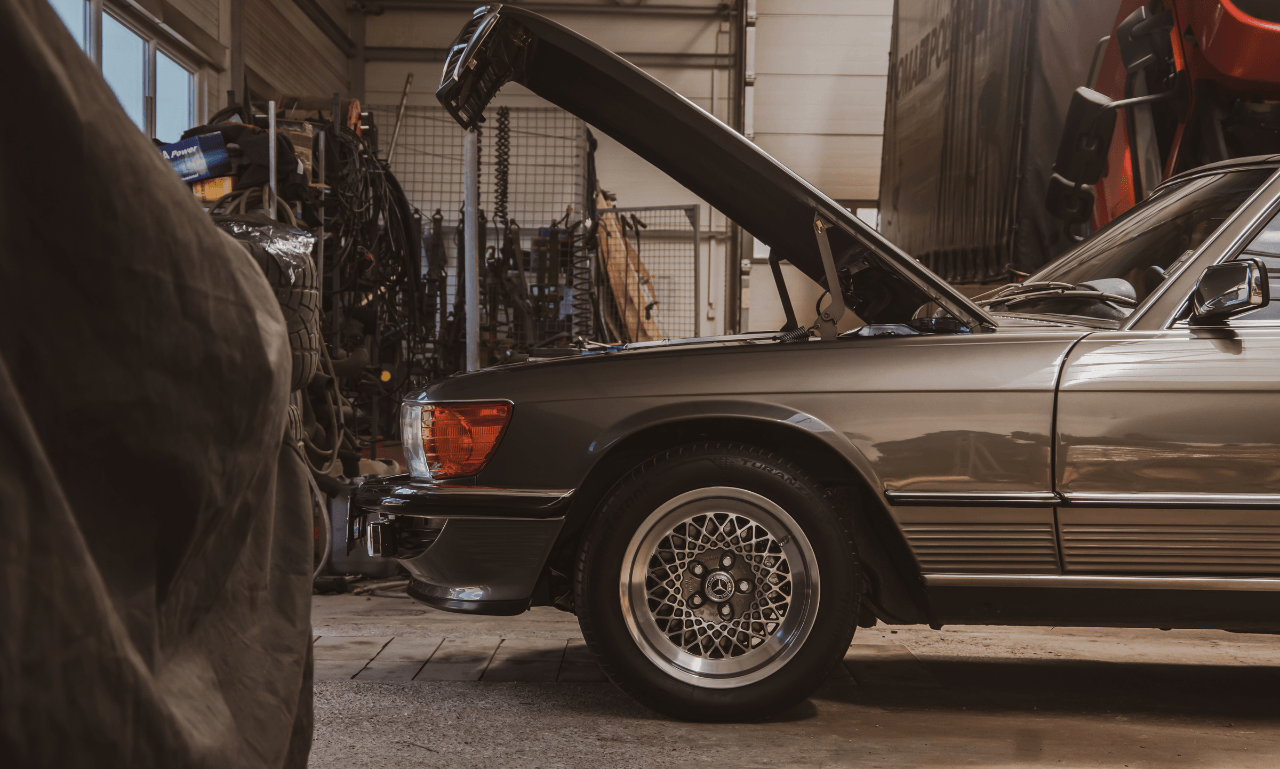
Immediate Response
Ventilation and Evacuation
1. Ventilation – The First Line of Defense
Ventilation is your first and most critical step in mitigating the danger of CO poisoning. Carbon monoxide is a colorless, odorless gas, making it impossible to detect without the aid of specialized equipment. Opening doors and windows is your best strategy to allow fresh air to circulate and displace the deadly gas.
Here’s how to safely ventilate the area:
A. Open All Doors: Begin by opening all the doors leading from your garage to the outside. This will create a pathway for the toxic gas to escape.
B. Windows: Open as many windows as possible in your garage and any adjacent rooms. Cross-ventilation is key to swiftly removing CO from the enclosed space.
C. Garage Door: If your garage has an automatic door opener, use it to open the garage door as well. This will provide an additional exit route for the gas.
D. Stay Upwind: While ventilating, position yourself and your family members upwind of the garage to avoid inhaling the toxic fumes.
Remember, the goal is to get fresh air flowing through the area as quickly as possible. Do not waste time trying to locate the source of CO or attempting to turn off the car. Safety should always come first, and the source can be addressed later.
2. Immediate Evacuation – Leave the Area ASAP
Once you have initiated ventilation, the next step is to evacuate the premises immediately. Do not underestimate the importance of this action, as even a brief exposure to high levels of carbon monoxide can have severe health consequences.
A. Get Out: Gather all family members and pets and exit the house without delay. Do not linger in the garage or any other enclosed space connected to it.
B. Stay Outside: Move to a safe distance from the house and garage. CO can linger in the air even after ventilation has begun, so do not re-enter until it has been deemed safe by professionals.
3. Monitoring for Symptoms of CO Poisoning
Understanding the symptoms of CO poisoning is crucial because they can be subtle and easily mistaken for other ailments. As a responsible homeowner, it’s essential to keep an eye out for these warning signs, especially in the aftermath of a potential CO exposure incident.
Common Symptoms of CO Poisoning:
- Headache: A persistent, throbbing headache is one of the most common early symptoms of CO poisoning.
- Nausea and Vomiting: Feeling nauseous or vomiting without any apparent cause should raise alarm bells.
- Dizziness and Confusion: Experiencing unexplained dizziness, confusion, or difficulty concentrating.
- Weakness and Fatigue: Sudden weakness or extreme fatigue that cannot be attributed to physical exertion.
- Shortness of Breath: Difficulty breathing or shortness of breath, particularly in combination with any of the above symptoms.
- Loss of Consciousness: In severe cases, loss of consciousness can occur rapidly. If someone loses consciousness, seek immediate medical attention.
Seek Medical Attention Promptly
If you or any of your family members exhibit any of these symptoms, do not hesitate to seek medical attention immediately. Carbon monoxide poisoning can be life-threatening, and early intervention is crucial for a full recovery.

Preventing Future Incidents
Developing a Safety Routine
Preventing future incidents is a crucial step in ensuring the safety of your home and loved ones. In this chapter, we will delve into the importance of establishing a safety routine to minimize the risk of carbon monoxide (CO) leaks in your garage. By following With these practical tips and guidelines, you can significantly reduce the chances of a dangerous incident occurring in your home.
- Create a Comprehensive Checklist: Start by creating a checklist that covers all the necessary safety measures for your garage. Include tasks such as checking for leaks, ensuring proper ventilation, and confirming that all appliances and vehicles are turned off. This checklist should be a part of your daily or weekly routine, depending on your garage’s usage.
- Set Reminders: In our busy lives, it’s easy to forget routine safety checks. To counter this, use technology to your advantage. Set up reminders on your smartphone or home automation system to prompt you to perform regular safety checks. These reminders can include checking the carbon monoxide detector, inspecting the garage for any potential hazards, and ensuring proper ventilation.
- Education and Training: Ensure that all members of your household are educated about the dangers of carbon monoxide poisoning and the safety measures in place. Conduct periodic training sessions to refresh everyone’s memory about how to respond in case of a CO leak or other emergency situations.
- Emergency Plan: Develop an emergency plan that outlines the steps to take in case of a carbon monoxide leak. Ensure that all family members know where to go and how to contact emergency services. Having a well-practiced plan can make a significant difference in a crisis.
Use of Carbon Monoxide Detectors
Carbon monoxide detectors are indispensable tools for safeguarding your home against the silent threat of carbon monoxide poisoning. Here, we will discuss why these detectors are essential, where to install them, and how they work.
Importance of Carbon Monoxide Detectors
Carbon monoxide is a colorless, odorless gas that can be emitted by various sources, including vehicles, gas furnaces, and generators. Since it’s virtually undetectable by human senses, a CO leak can go unnoticed until it’s too late. Carbon monoxide detectors serve as your early warning system, alerting you to dangerous levels of CO before they become life-threatening.
Placement of Carbon Monoxide Detectors
To maximize their effectiveness, it’s crucial to install carbon monoxide detectors strategically throughout your home, including in your garage. Here are some key placement tips:
– Garage: Place a carbon monoxide detector in the garage near potential sources of CO, such as vehicles and gas-powered equipment. Mount the detector on the wall at a height of around 5 feet above the floor to ensure accurate readings.
– Bedrooms: Install detectors in or just outside bedrooms to provide early warning during sleeping hours when the risk of CO exposure is highest.
– Living Areas: Place detectors in common living areas, ensuring coverage throughout your home.
– Kitchen: While you may not have gas appliances in your garage, it’s essential to install a CO detector in the kitchen to monitor any potential backdraft from the furnace or water heater.
How Carbon Monoxide Detectors Work
Carbon monoxide detectors work by constantly monitoring the air for the presence of CO. When they detect elevated levels of carbon monoxide, they sound an alarm to alert you to the danger. Some detectors also provide digital readouts, which can display the exact CO levels detected.
These devices use various sensing technologies, including electrochemical, biomimetic, and metal oxide sensors, to detect CO. When CO is detected, it triggers an alarm, allowing you to take immediate action, such as ventilating the area, shutting off potential sources of CO, and evacuating if necessary.
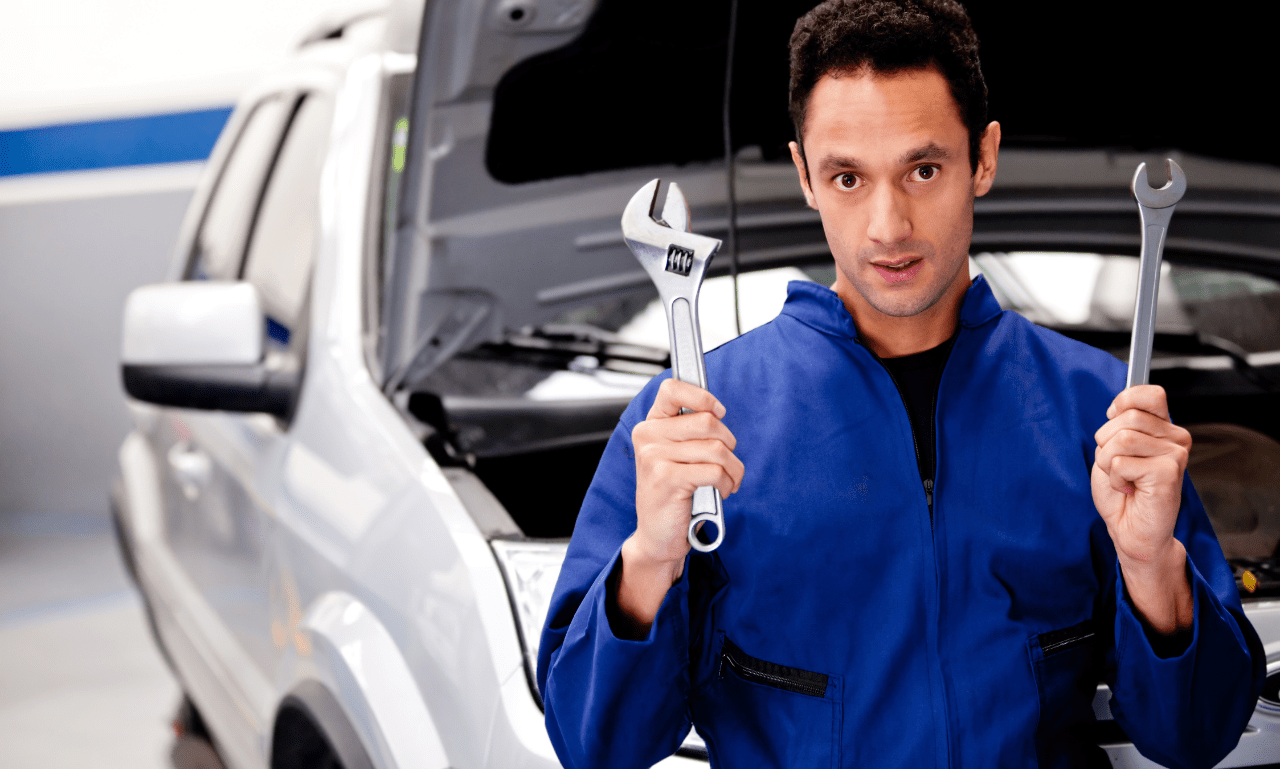
Seeking Professional Assessment
When to Call in Experts
In the previous chapters, we’ve discussed the importance of carbon monoxide (CO) safety in your garage and vehicle. Now, let’s delve into situations where you should consider calling in professionals to assess and mitigate any potential risks associated with a CO incident. Your safety and that of your loved ones should always be the top priority, and sometimes, it’s best to rely on experts to ensure everything is in order.
- Suspected Carbon Monoxide Leak: If you ever suspect a carbon monoxide leak within your garage or vehicle, it’s crucial to act immediately. Symptoms of CO poisoning may include dizziness, nausea, confusion, and headaches. If you or anyone in your household experiences these symptoms after spending time in the garage or vehicle, leave the area immediately, get to fresh air, and call 911. After ensuring everyone’s safety, call a professional HVAC technician or a certified CO specialist to inspect your garage and vehicle for leaks and make the necessary repairs.
- Faulty or Old Garage Door Seals: Over time, garage door seals can wear out, crack, or become damaged, allowing CO to seep into your garage from vehicle exhaust. If you notice any gaps or damage to your garage door seals, it’s essential to call in a garage door specialist to replace or repair them promptly. Properly functioning seals are vital in preventing CO infiltration.
- Vehicle Exhaust Issues: If you accidentally leave your vehicle running inside a closed garage, it can lead to not only a dangerous CO buildup but also potential damage to your car. Modern vehicles are equipped with various safety features that may shut off the engine after a period of idling, but it’s essential to have a professional mechanic inspect your vehicle for any issues that may have arisen due to prolonged idling, such as damage to the catalytic converter or the exhaust system.
- CO Detector Alarms: If your CO detector alarms go off, don’t take any chances. This is a clear sign that CO levels in your garage are at a dangerous level. Evacuate immediately and call the fire department. After they ensure your safety, contact a certified HVAC technician to investigate the source of the leak, repair it, and make sure your garage is safe for use again.
Addressing Potential Vehicle and Garage Damage
Accidentally leaving your car running can also have implications for your vehicle and garage. Here’s what potential damage to look for and how to address any issues that may arise:
- Vehicle Damage: If you’ve left your vehicle running for an extended period, check for signs of overheating. Look for any warning lights on your dashboard and monitor the engine’s temperature gauge. If you notice any abnormalities, such as a warning light or the engine running hot, consult your vehicle’s manual for guidance or contact a mechanic for a thorough inspection.
- Garage Ventilation: After a CO incident, ensure that your garage is adequately ventilated. Open windows and doors to allow fresh air to circulate and carry away any remaining CO. Consider installing a CO detector in your garage if you don’t already have one, as it can provide an additional layer of safety.
- Regular Maintenance: To prevent future incidents, maintain your vehicle and garage diligently. Schedule regular check-ups for your vehicle to ensure its exhaust system is in good condition. Regularly inspect your garage door seals and replace them as needed. Also, test your CO detectors regularly to make sure they are functioning correctly.
In short, when it comes to carbon monoxide safety, it’s always better to be cautious. If you suspect a CO leak, experience symptoms of CO poisoning, or face issues related to your garage and vehicle, don’t hesitate to call in experts. Prioritize safety above all else, and take proactive steps to prevent CO incidents in the future through regular maintenance and vigilance. Your health and well-being depend on it.
Conclusion
Staying Safe and Informed
Accidentally leaving your car running in the garage is a mistake that can have severe consequences. By understanding the risks, knowing how to respond immediately, and taking preventative measures, you can keep yourself and your family safe from the dangers of carbon monoxide poisoning. Staying informed and practicing safety is key to avoiding this potentially life-threatening situation.
Avoiding the Hazard of Carbon Monoxide
The hazards of carbon monoxide are real, but with knowledge and vigilance, you can protect yourself and your loved ones from harm. By following the guidance provided in this article, you can ensure that an accidental running car in the garage doesn’t lead to tragedy.
Learn more about oven-safe dinnerware and whether you can put plates in the oven in our article ‘Can you Put Plates in the Oven? Oven-Safe Dinnerware Explained’.






